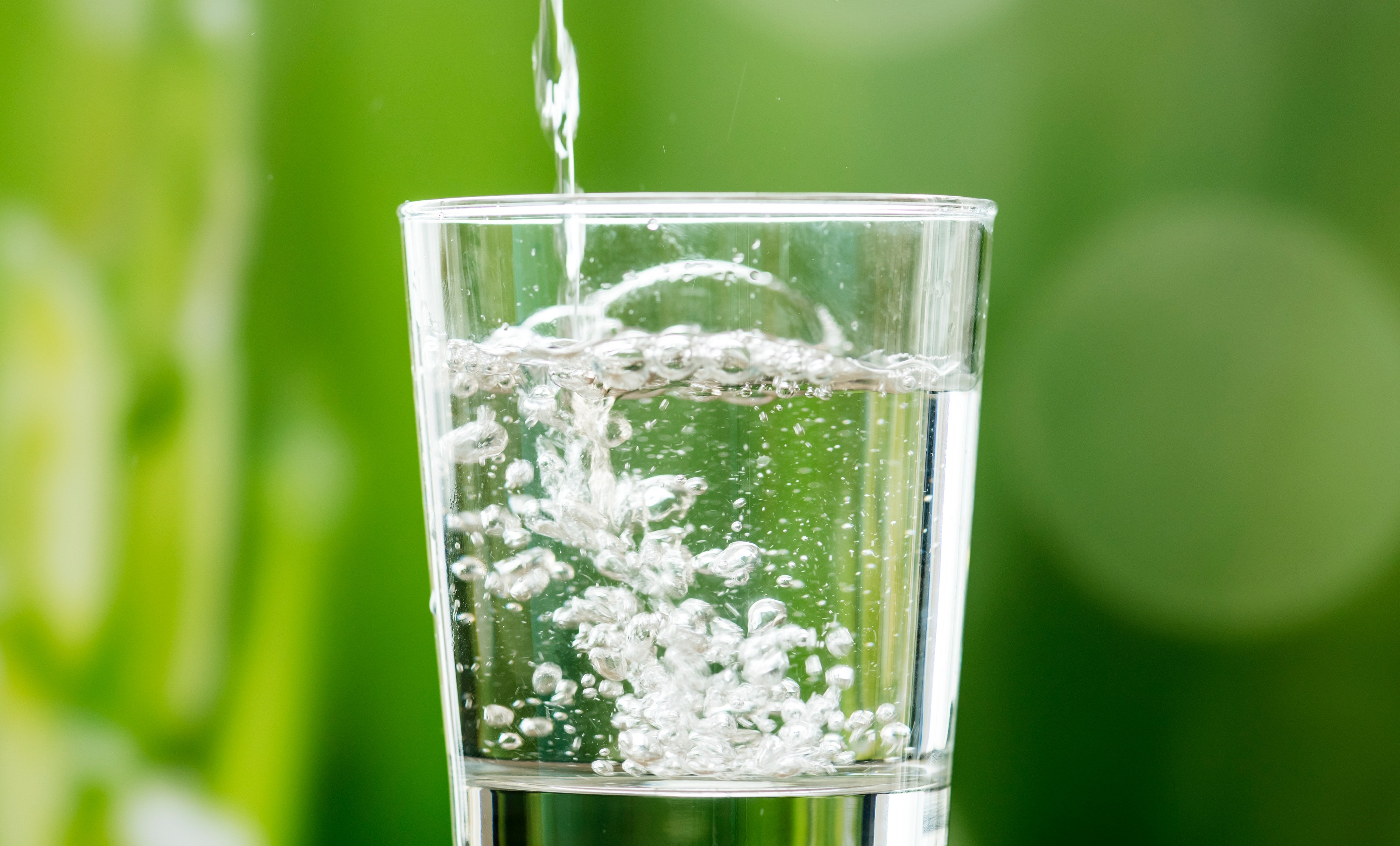
Background
Waters contaminated with bacteria, viruses, and toxic heavy metal ions are responsible for up to 1.8 million deaths each year. Although methods such as ultra-filtration and reverse osmosis have been discovered to remove viruses, these methods require extremely expensive materials and can not be used on a large scale (such as for a community). The removal of toxic metals are also achievable; however, these operations have high operating costs, involve high consumption of chemicals and electrical power, and require complex treatment procedures. There is a necessity to eliminate such contaminants from drinking water in an effective, low cost way.
Technology
Micro-filtration membranes that have a high permeation flux allow a similar fluid flow rate, while removing toxins, bacteria and metals. The membranes are constructed of electrospun nanofibers. The fibers are able to be layered in various dimensions, as well as combined with other materials, such as ultra-fine fibers. The diversity in the structures allows for filters to be created in a low cost, effective way.
Advantages
- More efficient, - Higher material diversity, - Easier to manufacture - Lower cost
Application
- Filtration - Plumbing - Fluid flow - Nanofibers
Inventors
Benjamin Chu, Distinguished Professor, Chemistry
Benjamin Hsiao, Distinguished Professor, Chemistry
Hongyang Ma, Professor, Chemistry
Ran Wang, , Chemistry
Licensing Potential
Licensing,Commercial partner,Development partner
Licensing Status
Available for licensing
Licensing Contact
Donna Tumminello, Assistant Director, Intellectual Property Partners, donna.tumminello@stonybrook.edu, 6316324163
Patent Status
Patented,Patent application submitted
[13/817,224](https://patents.google.com/patent/US20130180917A1/en)
Tech Id
8287
